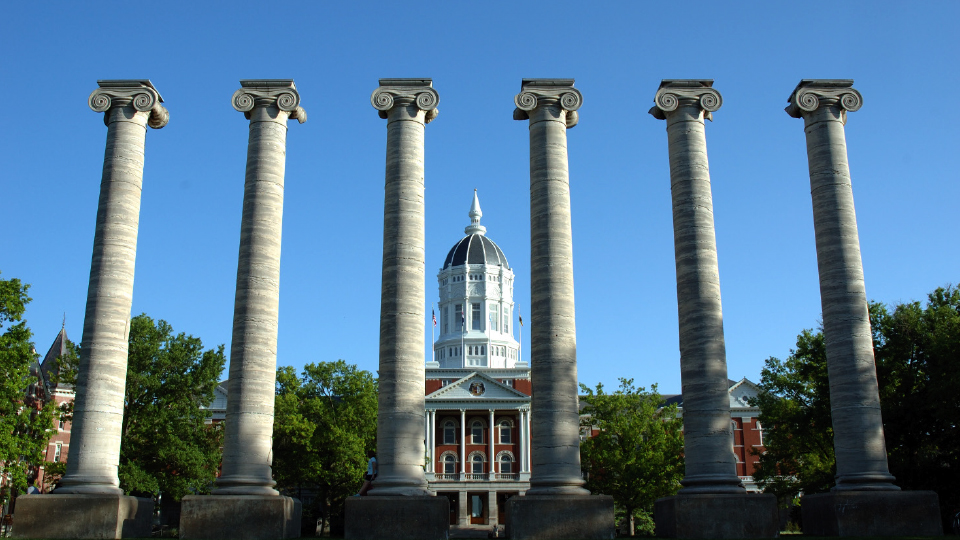News
University of Missouri President resigns after campus-wide protests
By Isaac Kirschner ’17
November 13, 2015
On Monday, the President of the University of Missouri system resigned amidst protests by students, athletes, faculty and administrators over his mishandling of racial tensions on the system’s flagship campus in Columbia, Missouri.
In a public statement, President Timothy M. Wolfe encouraged the campus to “use [his] resignation to heal and start talking again to make the changes necessary.” This announcement came before a closed-door meeting where the school’s governing board was expected to discuss the growing calls for Mr. Wolfe’s resignation.
Mr. Wolfe’s resignation came after increasing anger over his handling of racial tensions on campus. Over the past few months, black students continually complained about being subjected to racial slurs and other slights on the predominately white campus. Despite these protests, the administration failed to issue any decisive reforms or statements on the topic. This inaction generated popular disdain for Mr. Wolfe, who became the focal point for the general anger with the administration.
The protests against Mr. Wolfe peaked in the past few days as campus groups staged increasingly public protests against Mr. Wolfe. These protests included the football team’s refusal to play until Mr. Wolfe’s firing, the student government’s public declaration calling for Mr. Wolfe’s resignation, the faculty’s decision to hold race relations lessons instead of regular classes and even a graduate student’s hunger strike. A large portion of the student body also formed a protest movement called “Concerned Students 1950,” which staged public protests against Mr. Wolfe.
Upon Mr. Wolfe’s resignation, the protestors let out a massive cheer and the hunger striking graduate student agreed to eat again. To add to the protestors’ elation, the Chancellor of the Columbia campus, R. Bowen Loftin, also resigned later that day.
According to U.S. Representative Lacy Clay of Missouri, it was the football team’s protest that was the final straw for the two top administrators. In a statement given to The New York Times, Mr. Clay said, “That got the attention of the alumni and the board, along with a substantial penalty they would have been facing. That would have been a disaster for their recruiting of black athletes and of black students to the university.”
While news of Mr. Wolfe’s resignation was met with happiness from many, others were worried about the University’s future prospects. “I think Tim Wolfe is a very competent leader, but there are three things in crisis management that you have to do: be abundantly honest, you have to work quickly and you have to control the message,” said Don Walsworth, whose family has given the University millions of dollars. “Unfortunately, I don’t think the university did that,” said Walsworth to the New York Times.
Mr. Walsworth later went on to say, “I think that everyone’s disappointed that this couldn’t be handled in a better way and handled earlier.”
The Missouri Board of Curators is now tasked with finding Mr Wolfe and Mr. Loftin’s replacements. Due to the Board’s close ties to the Missouri state government, many see this now as a political issue that will be decided by Governor Jay Nizon and other powerful state politicians.
Regardless of their decision, it is still clear that much work is needed to help mitigate the racial tensions at University of Missouri. “To our students from Concerned Students 1950, to our grad students, football players and other students, the frustration and anger that I see is clear, real and, I don’t doubt it for second,” Mr. Wolfe said, referring to a group of black students.





